History of Whisky: From Monastic Roots to Global Fame
2025-06-03

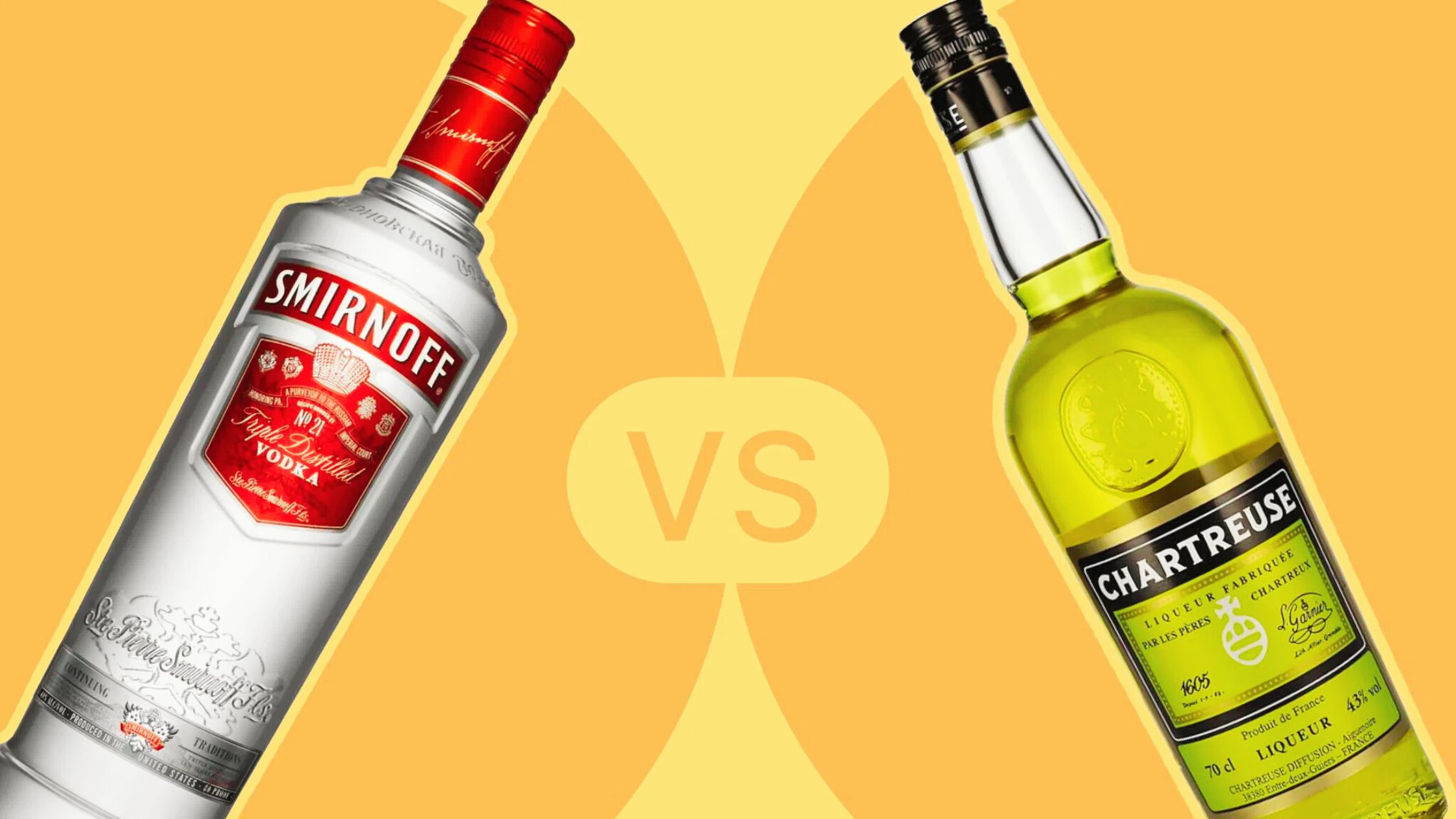
People often confuse liquor and liqueur when it comes to alcoholic beverages; however, these two drinks differ considerably in composition, alcohol content, and usage. If you're curious about this difference between liquor and liqueur, this guide should help shed some light.
This article will compare and contrast liquor and liqueur, discussing their key characteristics, types, and how best they should be enjoyed. By the end of it all, you won't ever confuse these terms again!
Liquor (commonly referred to as spirits) is a distilled alcoholic beverage made by distilling fermented grains, fruits or vegetables and typically boasting 38% ABV or more alcohol by volume (ABV).
Liquor is generally unsweetened and used as the foundation for many cocktails. In the liquor vs. liqueur debate, liquor is the stronger, purer form of alcohol.
There are six primary types of liquor, each with unique characteristics and flavors:
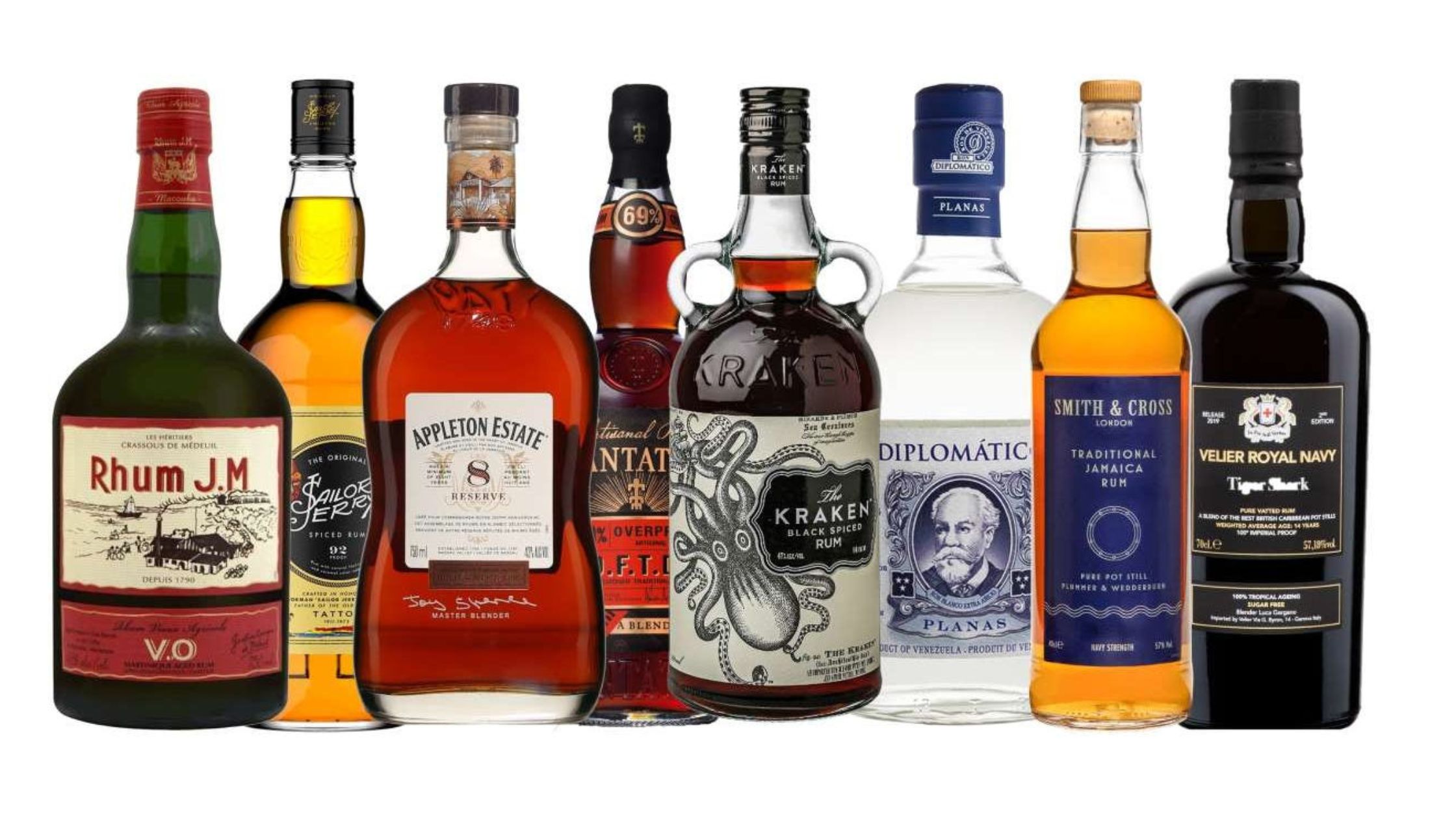
.jpg)
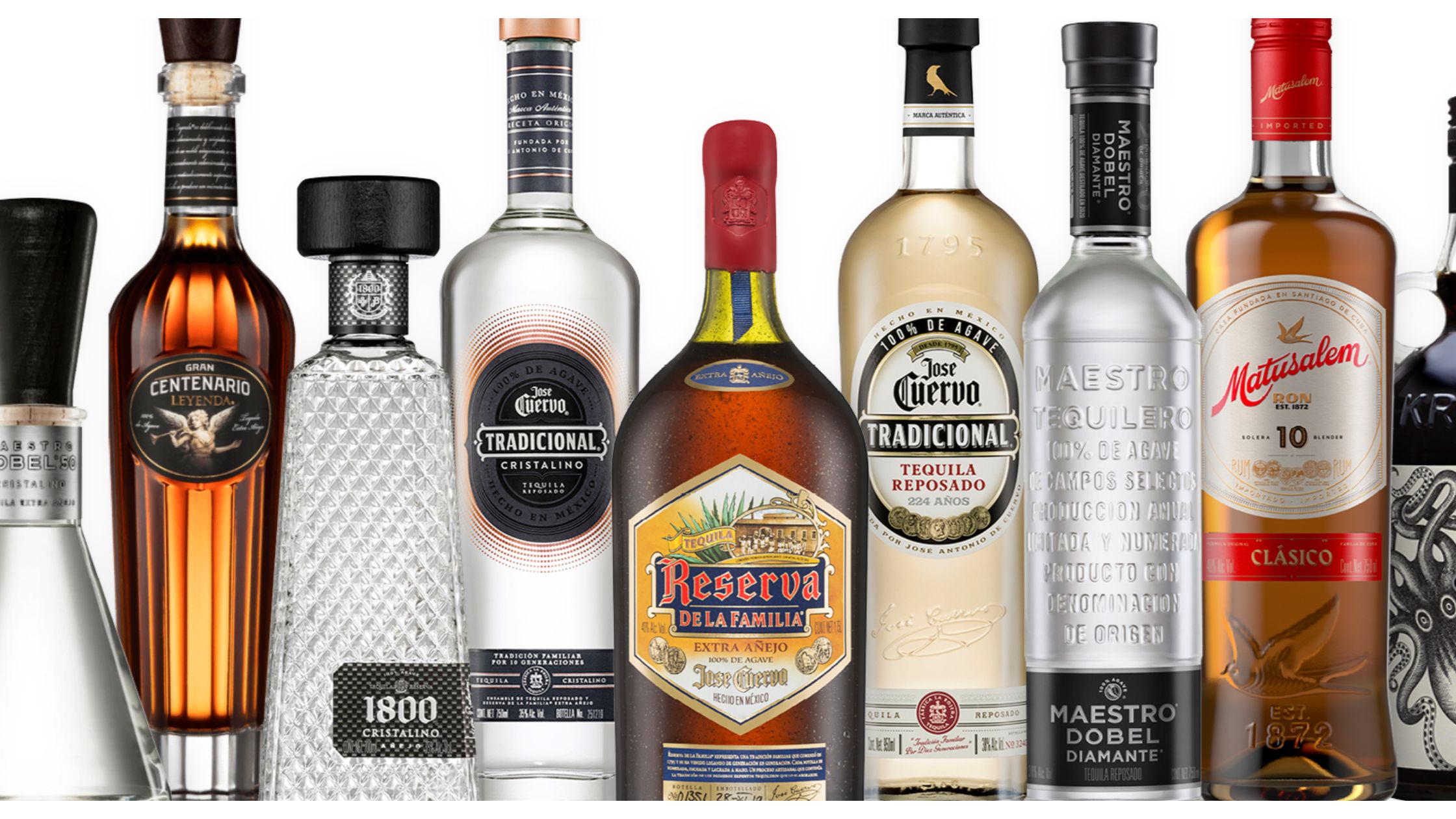
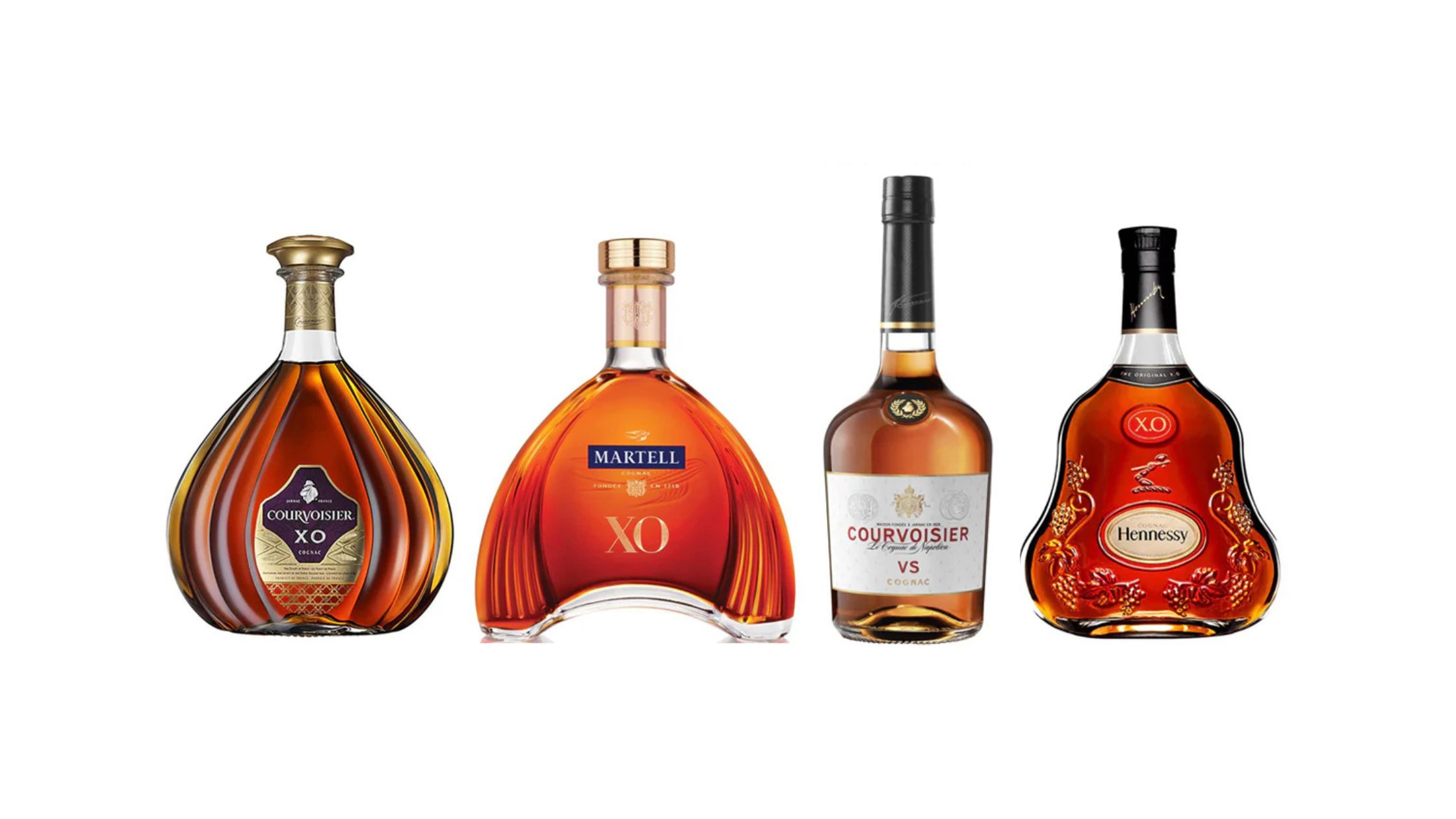
.jpg)
.jpg)
Liquor is highly versatile. It can be enjoyed neat (straight up), on the rocks (with ice), or mixed in cocktails. Because of its strong alcohol content, it is rarely consumed in large quantities without mixers.
Liqueur is an alcoholic beverage flavored and sweetened to meet specific tastes and occasions, often starting with whiskey, rum, or vodka as its base, to which various sugars, herbs, spices, fruits or other flavoring agents are added for flavoring purposes.
Liqueurs generally contain 15%–30% alcohol by volume (ABV), making them smoother and sweeter than liquors.
Liquors come in an endless variety of flavors and styles, usually organized based on their main ingredients:
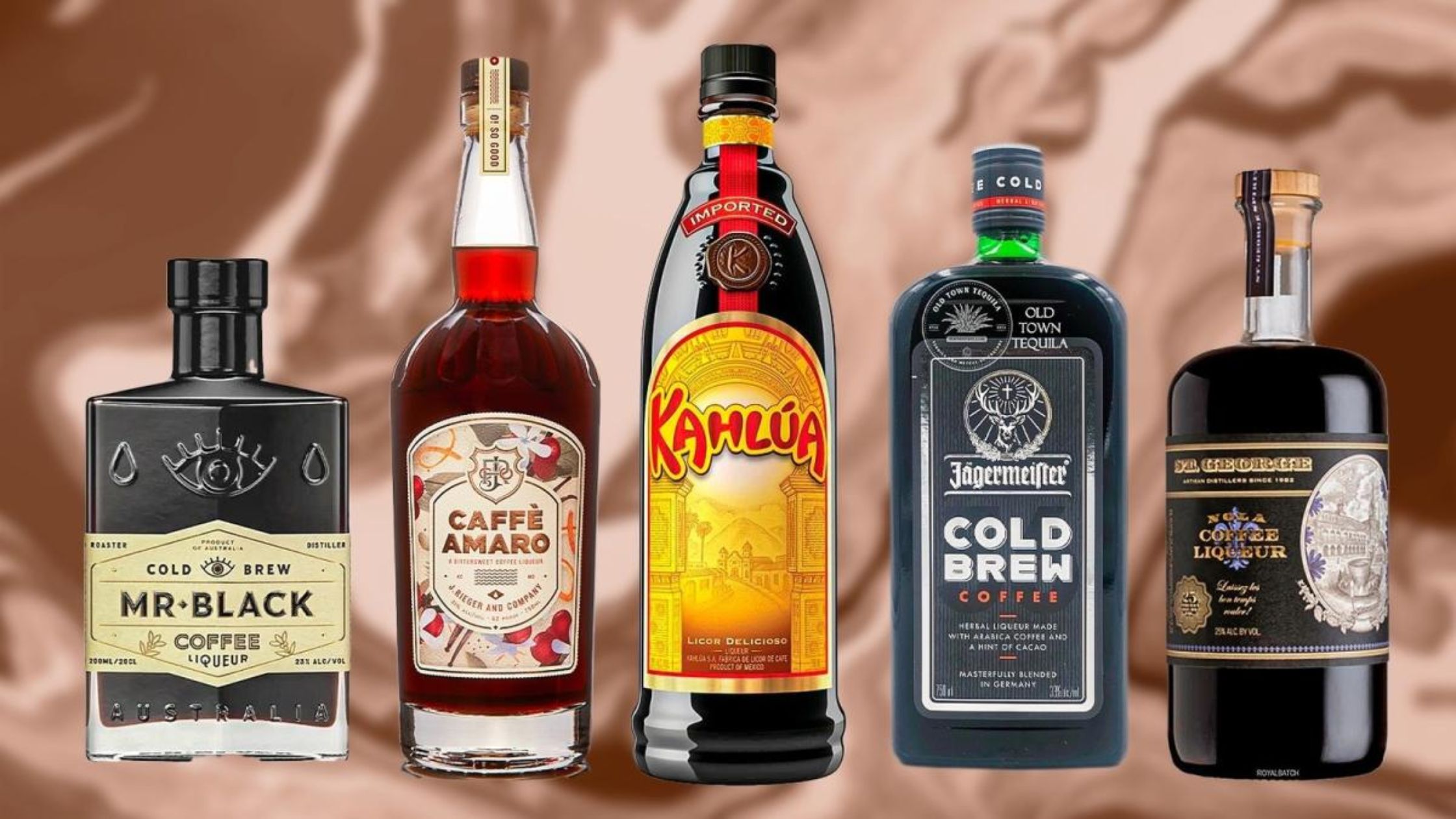

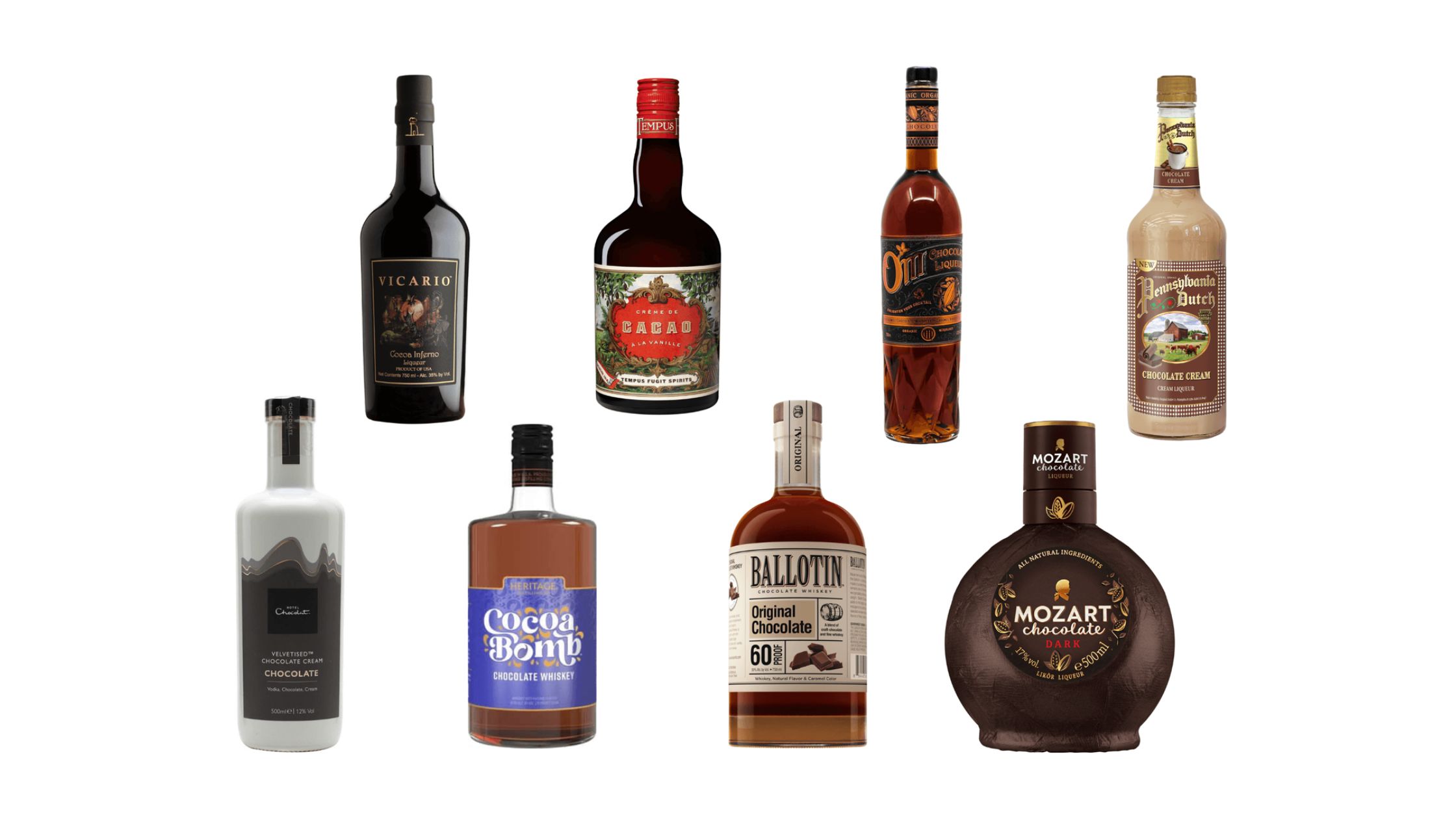
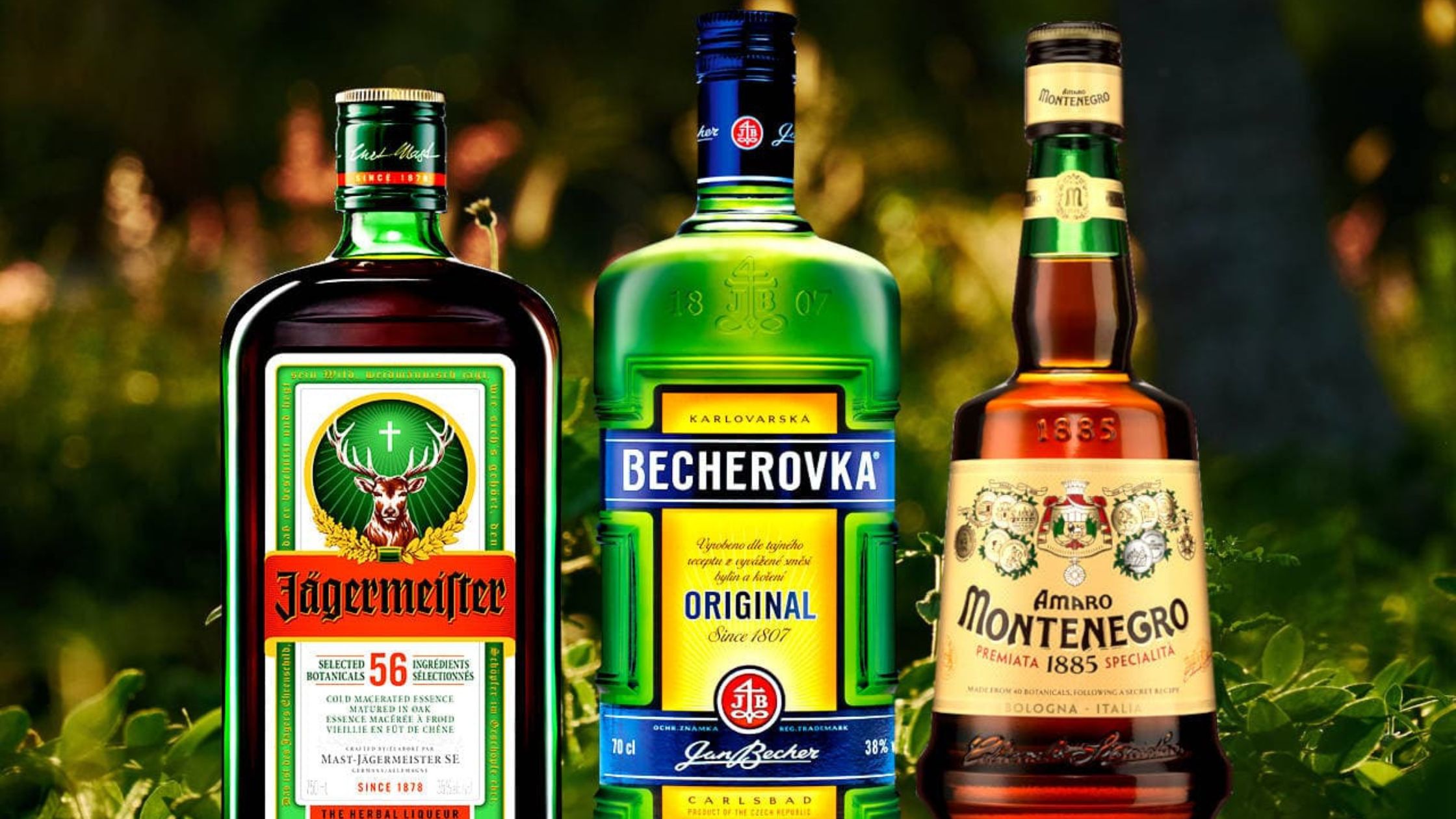
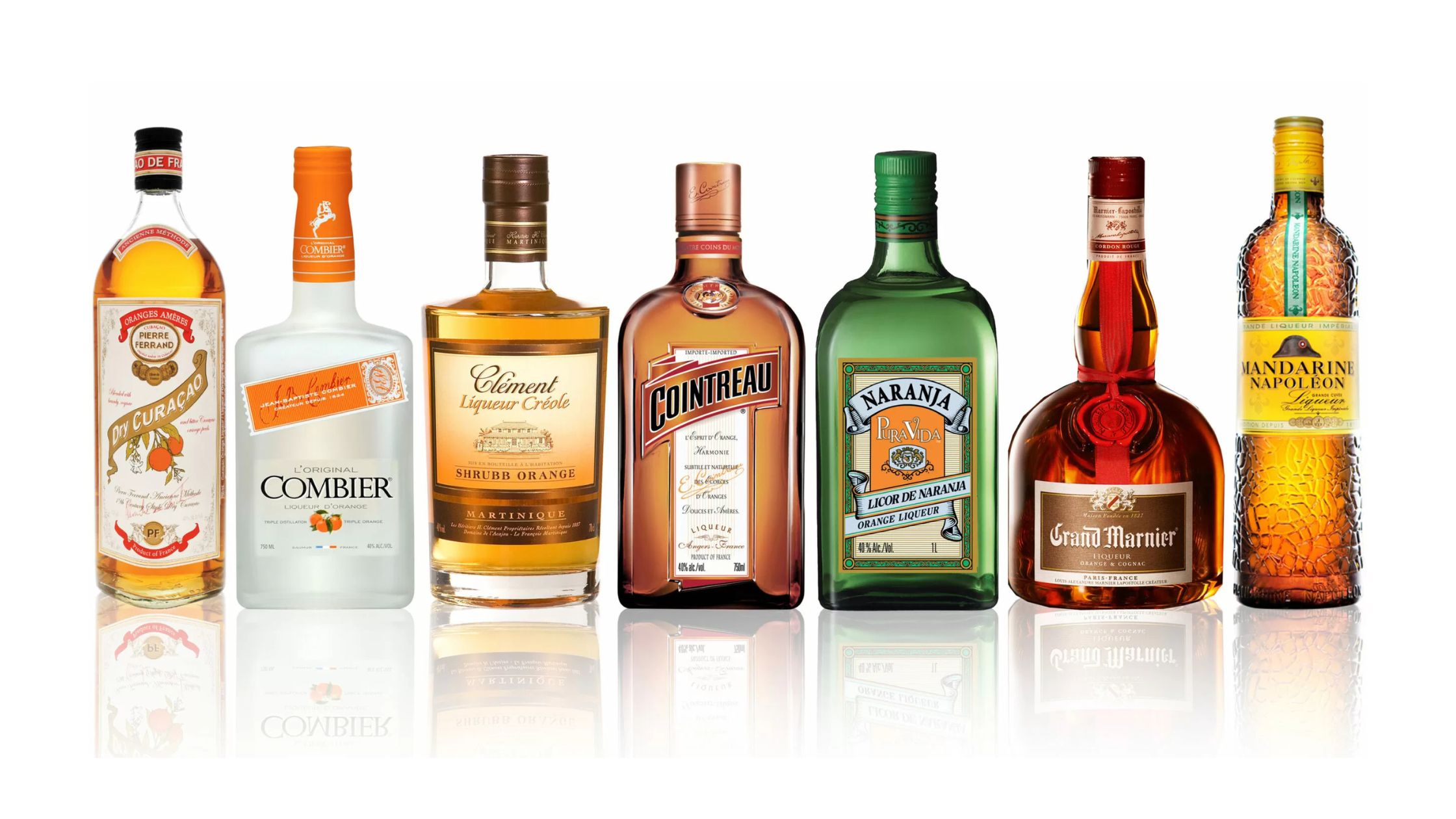
Liqueurs can be enjoyed either neat, with water or over ice, mixed in soda or coffee drinks, or as ingredients in cocktails. Their sweet taste makes them excellent digestifs (after-dinner drinks) or dessert ingredients.
| Feature | Liquor | Liqueur |
| Alcohol Content | High (38%+ ABV) | Lower (15%-30% ABV) |
| Sweetness | Unsweetened | Sweetened with sugar, herbs, and flavors |
| Ingredients | Distilled from grains, fruits, or vegetables | Made by infusing liquor with flavoring agents |
| Uses | Base for cocktails, served neat or on the rocks | Used in cocktails, desserts, and served as digestifs |
Understanding the difference between liquor and liqueur helps in selecting the right drink for the right occasion. While liquor provides the strong alcoholic foundation for many drinks, liqueurs add sweetness and complexity to cocktails and after-dinner drinks.
Liquor and liqueur each play their own special roles in the world of spirits, so having an understanding of them can elevate your drinking experience. So next time you order or craft a cocktail, you'll know exactly what's being served up to you!
Does whiskey or Baileys take your fancy? Share with us in the comments which one is your go-to choice!